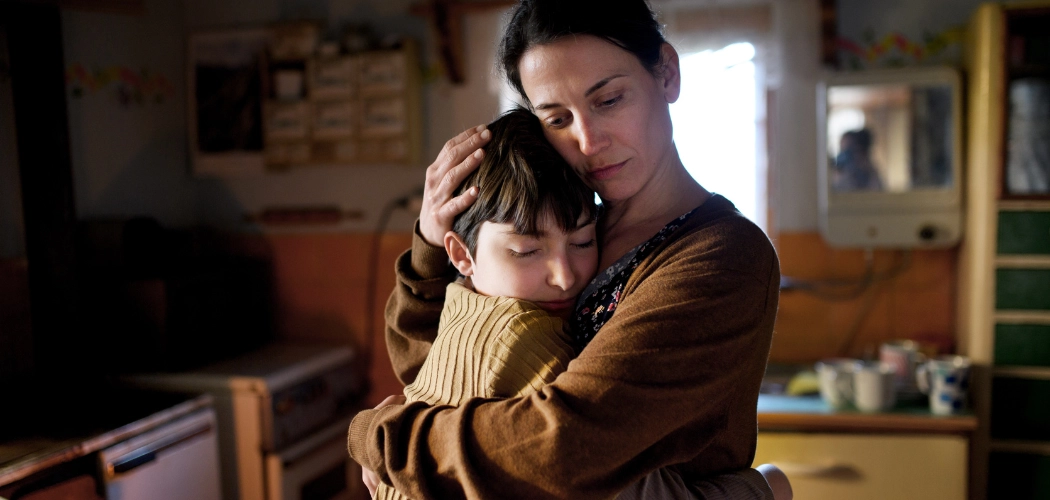As parents, all of us have had interactions with our children that we wish we could rewind and handle differently. Those times when the words you used or the tone of your voice was, in hindsight, considerably less than ideal. Rather than berating yourself and your parenting abilities, it can be much more helpful to consider the difference between responding thoughtfully and reacting instinctively.
One clue you might be reacting rather than responding is when you replay a situation in your mind and you don’t understand why you “lost it” over a relatively minor issue.
Responding, on the other hand, allows you to draw on the wisest, most caring parts of yourself.
Rather than acting out of anger or your own hurt feelings, responding models for your children how to handle emotional situations while also allowing them to experience natural and logical consequences.
The key to these strategies is to plan in advance before you are in the midst of a high-stress situation. You may want to have some of the items mentioned in your car, purse or backpack for easy access. Many of these suggestions are sensory — involving touch, chewing, blowing, motor movement, etc. — which helps calm both the child and the parent.
Stop and evaluate the tone, volume and cadence of your voice. Are you adding tension or reducing it in the interaction?
Use simple words and one- or two-step instructions, such as “sit down” or “get your shoes and come with me” (while remembering #1).
Pull your child into a big bear hug when they are around yelling.
If your child is stomping and being loud, playfully start stomping and singing, “The ants go marching one by one, hurrah, hurrah.” Most likely, they will follow suit.
Be aware of your own physiological response (a reddening face, talking fast, heart racing). When you feel this happening, breathe in for four seconds, hold for four seconds and breathe out for four seconds. Repeat, if necessary, then respond.
Offer your child a drink out of a silly straw. Sucking can help children calm down or feel soothed.
If your child is laying, kicking their feet and yelling, take their feet and start doing “exercises.” Count loudly at first. Then, gradually speak softer: “1-2-3.”
Give yourself, rather than your child, a time-out.
Turn on some music that is lively and start to dance. Gross motor movement and rhythm usually help everyone move to a more positive state.
Break out the bubbles. Blow bubbles at your child. Then, help pop them. In addition to calming your child, this also helps you slow your breathing.
Respond to your child with the intensity they are presenting but not with the same emotion as your child. For example, if they say, “You are so mean!”, you can respond, “I know it makes you mad when you are told no.” After matching the tone, you can bring the intensity of the interaction down, and your child will usually follow.
Lay with or sit near your child and softly sing familiar songs, such as “Twinkle, Twinkle, Little Star” or “Hush Little Baby.”
Sit calmly reading a book or magazine near your child and start a game of peekaboo.
Offer your child a piece of gum or a sucker, or just lay it by them and walk away. (This is not a “reward” but rather a way for them to get sensory input, which is a great source of self-soothing.)
Challenge your child to race around the house or run a loop somewhere in the house. Time them to add more of a challenge. Large muscle movements reduce tension.
Put on hand lotion (calming for the parent) and take your child by the hands and give them a quick hand massage.
Invite your child to color. If they intentionally break a crayon, challenge them to break the broken piece into smaller pieces. Muscular resistance activities can have a calming effect.
Go hide in a place that is easy to find and call for your child to come find you.
Put your child in bath water — or yourself! Water is calming.
If your child is sitting or lying on the floor, start a game of duck, duck, goose (gently tapping the child as the goose); then, run around and land on the floor beside them. You may have to do this a couple times before your child joins in.
Have a “snowball fight” involving cotton balls, or — if your child is face down — blow them on the floor at them and try to get them to blow the cotton balls back.
Blow a feather back and forth and see how long the two of you can keep it in the air.
If your child is laying down, turn them into a(n) “(insert child’s name) pizza” by rubbing “sauce” on their back, placing on the pepperoni, sprinkling the cheese, and then asking them what else they want on the pizza.
Blow up a balloon and tap it toward your child as a distraction from a negative behavior.
Bake cookies (homemade or slice and bake!) and ask if your child wants to help. If not, continue as the aroma can be calming and everyone has a tasty treat at the end.
Ultimately, mama knows best — so find what works best for your family.




